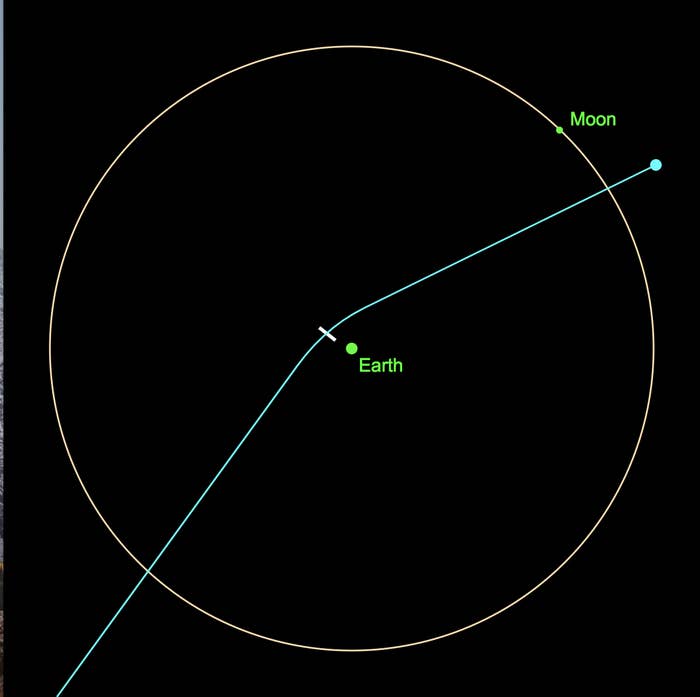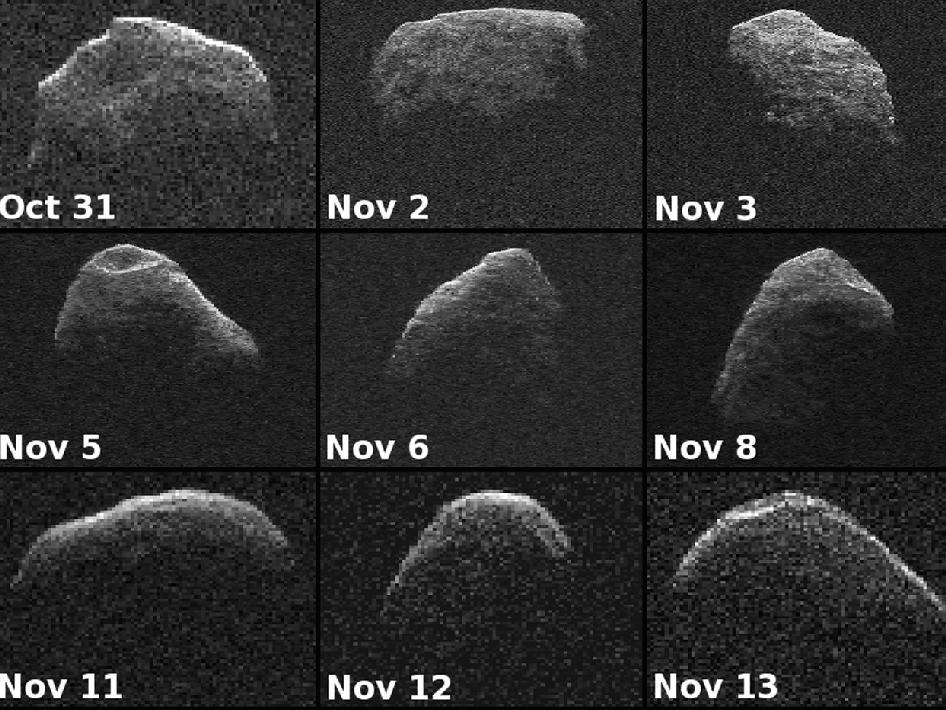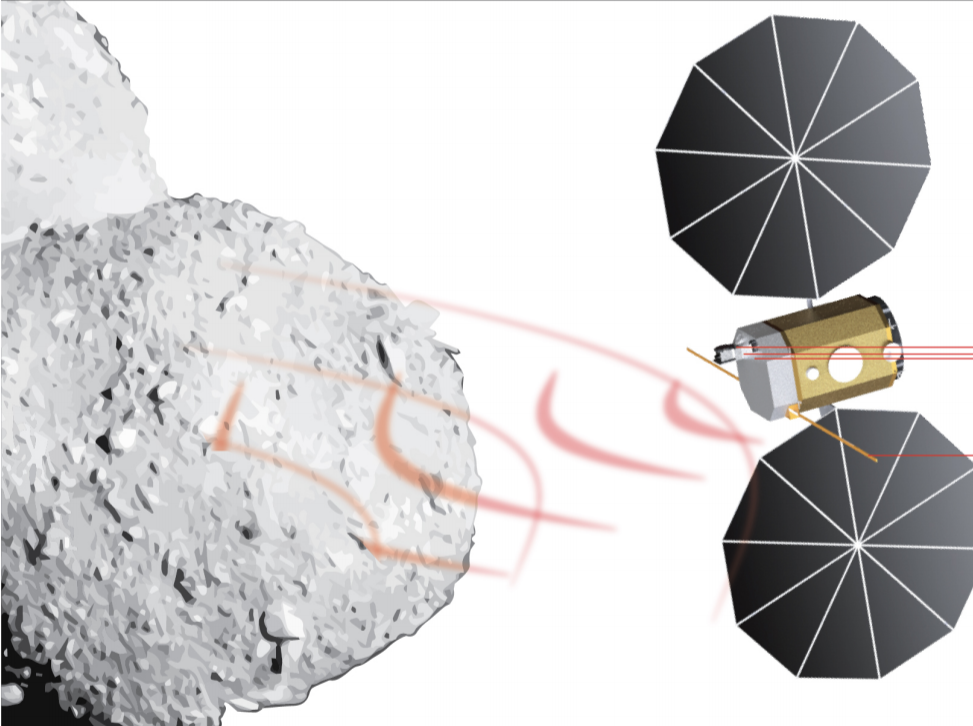
Enjoy today’s Friday the 13th. The next time this happens in April, in 2029, promises to coincide with the frighteningly close, but not too close, passage of the huge asteroid Apophis.
One space scientist wants us to get ready now to study the 1,200-foot-wide space rock, which will pass below communications satellites on its 69,000-mile-per-hour “buzzby” of the Earth.

“It’s the cosmic equivalent of buzzing the treetops,” MIT asteroid expert Richard Binzel told BuzzFeed News. In 2029, the asteroid will zip over the mid-Atlantic, visible to the naked eye as a bright point of light, according to NASA's Jet Propulsion Laboratory.
For space scientists, the time is now to start on a mission to investigate Apophis, Binzel added, with the asteroid passing within 19,400 miles of Earth — a once-in-1,000-years chance for a space rock of its size.
“Eleven years is not a lot of time to get a spacecraft ready to study an opportunity like this,” he said.

Apophis is a very typical asteroid, prompting numerous designs for missions to investigate its makeup, or deflect it away from Earth, since its discovery. The Planetary Society held a $50,000 contest to design an Apophis mission in 2007, and NASA, the European Space Agency (ESA), and the Chinese Space Agency have designed concepts for asteroid landings.
Learning about the strength and density of such asteroids would help, Binzel said, if we ever needed to decide between deflecting or blowing up a similar asteroid headed toward Earth. Landers could measure how Earth’s tidal pull would stretch the asteroid on its flyby, revealing its interior construction. And measuring its surface reflectivity up close would help future calculations of how sunlight pushes such asteroids around, subtly changing orbits.

“The tricky part is landing on one and not bouncing back up into space,” Binzel said, because its gravity is so light, roughly 100,000 times less strong than Earth’s (Earth’s gravity measures 9.8 meters per second squared, while on Apophis, it is 0.0001 meters per second squared). NASA’s $224 million NEAR Shoemaker probe did a soft touchdown on the asteroid Eros in 2001, so it is possible.
Initially feared as an impact threat after its discovery in 2004, Apophis is projected by NASA to only pass close by in 2029 and 2036, with impact odds below one in a million. Asteroids the size of Apophis are estimated to smash into Earth about once every 50,000 years, according to Purdue University’s Impact Calculator, delivering blasts greater than 140 megatons.
“I’m a scientist — I’m interested in how these objects are put together,” Binzel said. “But for civilization, it might matter for how to move one out of our way.”
CORRECTION
Gravity is measured in meters per second squared. An earlier version of this story misstated this.

